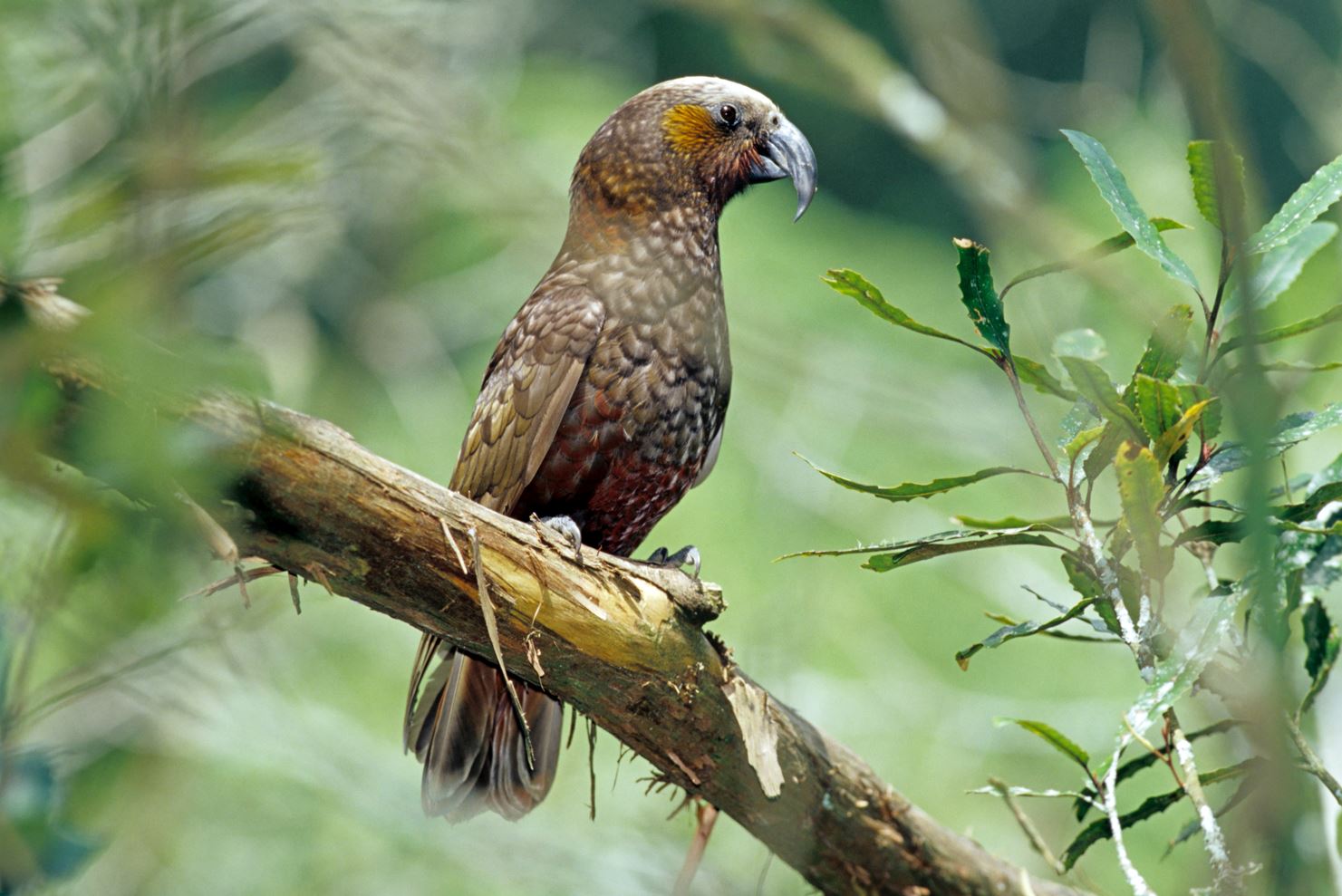The masting cycle
-
It is a tragic irony of the New Zealand bush that in the very years when many birds have evolved to breed most successfully, rodent and stoat populations boom and cause tremendous damage.
The source of this irony is what are known as ‘mast events’. A mast begins with prolific flowering of beech trees, followed by the production of huge amounts of seeds.
Before mammals arrived in Aotearoa New Zealand, these mast years of abundant food allowed birds to raise many more chicks than in normal years. Tragically, these boom years have now turned into times of population collapse for native birds in forests where mast events occur. The sudden abundance of food leads to huge population irruptions of mice, rats, and – crucially – stoats, which feed on the mice and rats.
1080 is by far the best weapon in combatting the massive increase in rat and stoat numbers that follow a mast event. A mast event occurred in 2015 and Commissioner Wright supported the Department of Conservation’s Battle for Our Birds campaign to combat it.
In 2019 DOC responded to the biggest beech mast in 40 years with predator control over a record 908,000 hectares.










